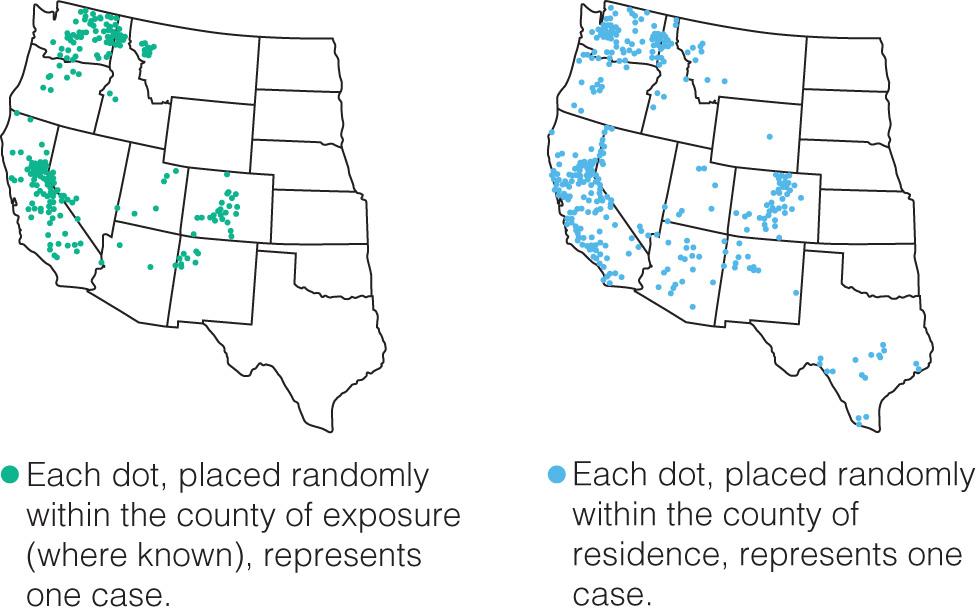Physical Address
304 North Cardinal St.
Dorchester Center, MA 02124
Relapsing fever is characterized by recurring fevers and flu-like symptoms such as headaches, myalgia, arthralgia, and rigors.
Relapsing fever is an arthropod (lice or ticks)-transmitted infection caused by spirochetes of the genus Borrelia .
Louse-borne (epidemic) relapsing fever is caused by Borrelia recurrentis and is transmitted from person to person by Pediculus humanus, the human body louse. Human infection occurs as a result of crushing lice during scratching, facilitating entry of infected hemolymph through abraded or normal skin or mucous membranes.
Tick-borne (endemic) relapsing fever is caused by several species of Borrelia and is transmitted to humans by Ornithodoros ticks. Borrelia hermsii and Borrelia turicatae are the common species in the western United States, while Borrelia dugesii is the major cause of disease in Mexico and Central America. Human infection occurs when saliva, coxal fluid, or excrement is released by the tick during feeding, thereby permitting spirochetes to penetrate the skin and mucous membranes.
Louse-borne relapsing fever tends to occur in epidemics associated with war, poverty, famine, and poor personal hygiene, often in association with typhus. This form of relapsing fever is no longer seen in the United States but is endemic in parts of East Africa. Using 16S rRNA polymerase chain reaction assays for molecular detection, up to 20.5% of all unexplained fever in the horn of Africa, including northwestern Morocco where the population traditionally lives in mud huts, is caused by tickborne relapsing fever, making this the most common cause of bacterial infections.
Ornithodoros ticks, which transmit endemic relapsing fever and are distributed worldwide, including in the western United States, prefer warm, humid environments and high altitudes and are found in rodent burrows, caves, and other nesting sites ( Fig. 248.1 ). Rodents (e.g., squirrels and chipmunks) are the principal reservoirs. Infected ticks gain access to human dwellings on the rodent host. Human contact is often unnoticed because these soft ticks have a painless bite and detach immediately after a short blood meal.

Become a Clinical Tree membership for Full access and enjoy Unlimited articles
If you are a member. Log in here